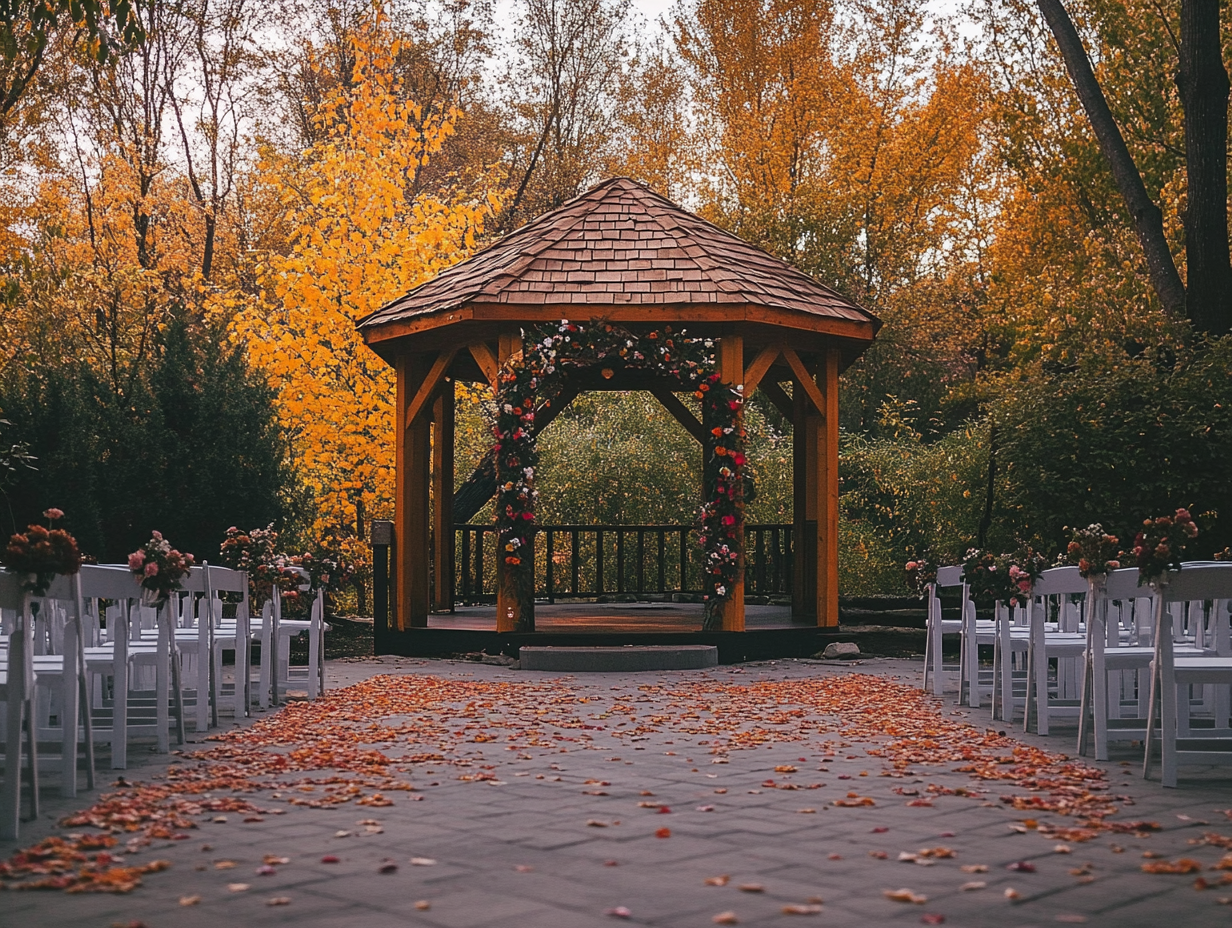A well-cut suit can hold its own, but a pocket square pushes it into another league. It’s a small accessory with oversized influence: one that instantly signals intention. Whether it’s a crisp white square peeking out at a wedding or a bold silk puff in a creative office, the right choice adds personality without derailing the outfit.
Yet, despite its power, the pocket square is often skipped. Some think it’s too formal. Others don’t want to risk “trying too hard.”
Worn right, it’s effortless. And knowing how to choose, fold, and style one means you can nail that balance between polish and ease.
Why Every Suit Pocket Needs One
A pocket square isn’t about drawing attention: it’s about completing the frame.
Think of it like a watch: no one needs one to tell time, but it changes the impression instantly. It shows you paid attention to the details without shouting about it.
In business settings, a subtle pocket square can make a standard navy suit stand out in the conference room. In casual scenarios, it adds just enough flair to keep a sport coat from feeling too bare. Even when the rest of the outfit is understated, a well-chosen square gives it structure and finish.
And unlike ties or patterned shirts, pocket squares are low-commitment. You can switch them out quickly, they don’t affect fit, and they cost far less than a new blazer. It’s one of the simplest style upgrades available.
Pocket Square Rules You Can Actually Use
Pocket squares give you room to experiment, but a few ground rules will keep you on the right track:
-
Coordinate; don’t copy. If your tie is navy with burgundy accents, pull the burgundy into your pocket square rather than repeating the exact navy. Matching too closely can look like a gift set.
-
Balance busy and simple. If your jacket or tie has bold patterns, stick with a solid or subtly textured square. If your outfit is plain, use the square to bring in a print or brighter tone.
-
Show just enough. Aim for about half an inch of fabric peeking above the pocket. Too much looks theatrical, too little looks accidental.
-
Let fabric guide the mood. Silk feels refined and flows naturally—great for puffs and loose folds. Cotton and linen keep structure for crisper styles.
-
Keep the outfit in mind. The square should be the final accent, not the focal point. If it’s competing with your shirt, tie, or lapel pin, dial it back.
A pocket square isn’t about following strict tradition. It’s about adding just enough personality to make the outfit yours. Done right, it blends into the whole look so well that people notice your style, not your accessory.

How to Match a Pocket Square with a Tie
Matching doesn’t mean cloning. The goal is to create harmony between your pocket square and tie while letting each piece have its own identity.
A quick rule: share at least one color between them, but vary either the shade, the pattern, or the texture. For example, if your tie is navy with burgundy stripes, a burgundy square in a solid or dotted pattern will tie the look together without making it feel like a set.
Texture plays a big role here. A silk tie paired with a linen pocket square creates visual interest. The contrast in materials keeps the pairing fresh and layered, even if the colors are close.
Matching to the Rest of the Outfit
Your pocket square shouldn’t just get along with your tie: it should play nice with your entire look. That means factoring in your shirt, suit, and even your shoes.
If your jacket is patterned, the square should be simpler so it doesn’t fight for attention. If your shirt is bold, a neutral or lightly patterned square will help ground it. The aim is balance: each element should complement, not compete.
For casual settings, you can use your pocket square to break up monotone outfits. Wearing a grey suit with a white shirt? Add a soft blush or dusty blue square to inject some personality without disrupting the neutrality.
Seasonal Pocket Square Choices
Fabric weight, color, and pattern can all shift with the seasons, and leaning into that makes your style feel intentional year-round.
-
Spring: Light fabrics like cotton or linen in pastels or floral accents feel fresh without being overpowering.
-
Summer: Linen shines here: especially in light, breathable folds. Tropical prints or brighter colors work well for casual events.
-
Fall: Wool blends, tweeds, and richer tones like rust, olive, and mustard balance autumn’s deeper palette.
-
Winter: Heavier silks and deep, bold colors—burgundy, forest green, navy—pair well with heavier suits and layered textures.
Men’s Pocket Squares: Small Detail, Big Impact
A pocket square might seem like an optional extra, but it’s one of the easiest ways to inject character into a suit. Done right, it frames your look, draws the eye upward, and tells the world you care about details.
Keep the rules in mind: coordinate rather than copy, balance patterns, respect the fabric—and you can make it work for any setting. Over time, you’ll develop your own pocket square “handwriting,” the style that feels uniquely yours.
With xSuit’s sharp, performance-driven suits, the right pocket square becomes more than just an accessory.


